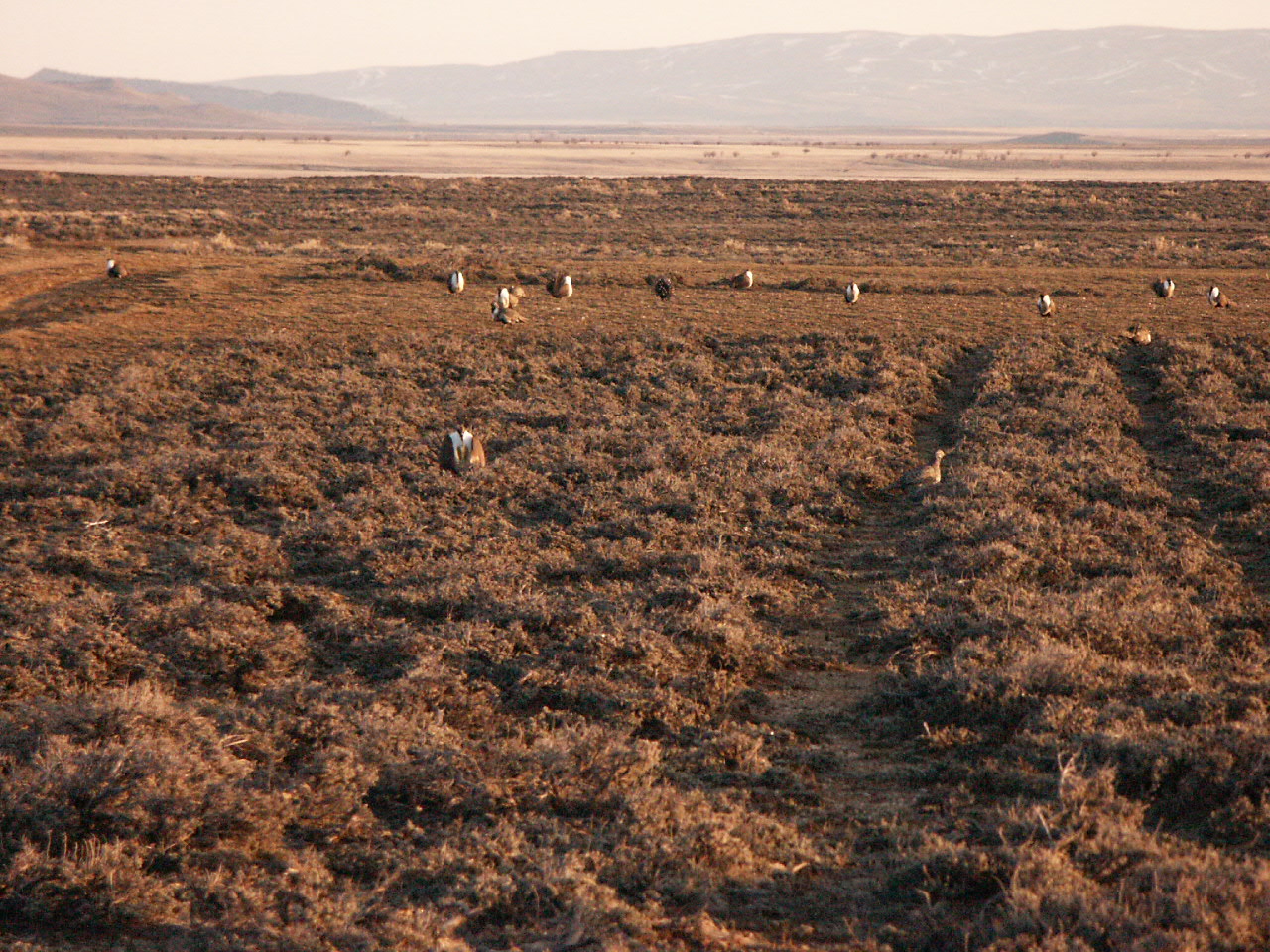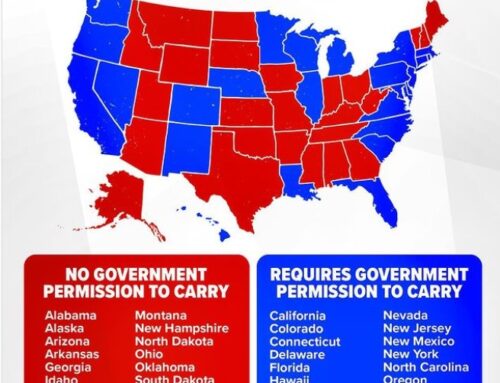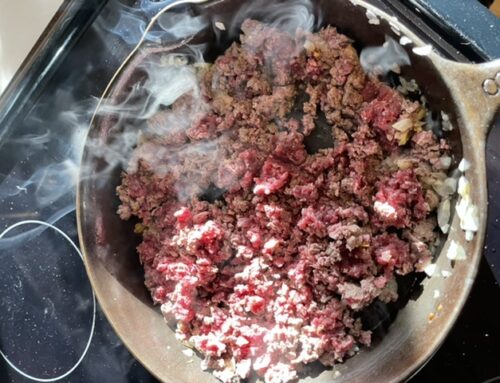Greater sage grouse counts tick up West-wide
August 25, 2020 by Angus M. Thuermer Jr.
Spring counts of strutting male greater sage grouse increased slightly this year across their western strongholds, possibly indicating the end of a three-year decline.
Wildlife officials in Idaho, Montana and Oregon reported small increases seen on breeding-ground leks this spring. Wyoming reported a small drop of 0.3 birds per lek — a 1.5% decline — which Game and Fish officials said indicates a “leveling out” of a three-year slide in the Equality State.
The annual count of strutting males suggests the status of the overall population, said Leslie Schreiber, Wyoming Game and Fish’s sage grouse and sagebrush biologist.
“It’s an index,” she said of the count. “It’s a trend of the population.”
Together, the four states hold about 76% of the world’s greater sage grouse. The population dropped an estimated 44% in key western states and provinces between 2016 and 2019, driving worries about the imperiled bird that was once a candidate for protection under the Endangered Species Act.
While the 2020 uptick is encouraging, one year does not a trend make, wildlife officials told WyoFile.
“It’s the first year since 2016 we haven’t seen a decline,” said Oregon’s Lee Foster, who is concluding work as sage grouse conservation coordinator with that state’s Department of Fish and Wildlife. “Hopefully that means the population will go up in the next three years.”
But, “you can’t make any real predictions on one year’s data,” he told WyoFile.
Catherine Wightman, wildlife habitat coordinator with Montana Fish, Wildlife & Parks, agreed. “I don’t think we can say from one year of data what our populations are doing over the long term,” she said.
The numbers
In Wyoming grouse counters tallied an average of 19.7 males per active lek, down slightly from last year’s average of 20. In the previous three years the average number of males counted on occupied leks dropped by about 5 each year.
This year’s decline was small enough for the department to say lek attendance “held steady” when comparing spring 2020 to spring 2019. Wyoming holds an estimated 38% of all greater sage grouse.

“The leveling-out indicates birds may be reaching the trough of their roughly eight year population cycle,” Game and Fish said in a release. Many wildlife managers believe the populations rise and fall on a regular basis — a cycle possibly related to drought. But they can’t completely explain why.
Other grouse advocates question that theory of cycles, despite the roller-coaster graphs.
Idaho, which is home to an estimated 18% of greater sage grouse, reported a 2.5% increase in males at leks this year compared to last, according to the Idaho Department of Fish and Game.
Montana, where 11% of greater sage grouse live, also saw numbers “better than the last couple of years,” Wightman said. More details won’t be released until the agency submits an annual report to the state Legislature, likely in early September, she said.
Nevada, home to 16% of the greater sage grouse population, didn’t conduct any surveys this spring due to the coronavirus pandemic. Its annual report “will be much more abbreviated” this year, said Ashley Sanchez, spokeswoman with the Nevada Department of Wildlife.
Oregon’s estimated 1.7% turnaround is “more modest than we would like to see,” Foster said. The state holds about 7% of all greater sage grouse.
“It appears that the population low in 2019 may represent the bottom of the current population cycle, with populations likely to increase over the next few years,” a preliminary Oregon report from July reads.
Volunteers and biologists in Oregon surveyed 773 leks in the last two weeks of March. In Wyoming, surveyors covered 80% of known occupied leks, Schreiber said. Coronavirus curtailed some activity, including aerial surveys.
In a typical year, Wyoming surveyors cover 85%-90% of known occupied leks, she said.
Each of the other western states where grouse live — from the Dakotas to Utah, California and Washington — have less than 5% of the greater sage grouse population.
Caveats and mysteries
There are some caveats to this year’s numbers beyond the blind spot in Nevada. Unexplained shifts in lek attendance in different parts of Wyoming, Oregon and Idaho puzzled biologists.
In settling on a 1.7% increase statewide, Oregon saw large increases and decreases in strutting males at different regions compared to last year.

“It was a weird year with high variability across the state depending on what scale you analyzed the population at,” Foster said. Last year was so wet in Oregon that grouse in drought-intolerant places — where desert and water limit their numbers — responded well.
In places where counters saw large decreases, there were no data to pinpoint causes of the declines — no wildfires, spikes in coyote or raven depredation, or West Nile virus, he said.
“It causes me to scratch my head,” he said of the uneven declines and increases. “It’s highly concerning and I wish I knew the answer.”
In Idaho “trends were variable,” the state wildlife agency posted, reminding residents and hunters of long-term as well as regional trends. “Sage-grouse numbers are down 53 percent from the peak counts in 2016, with stronger declines north of the Snake River,” the agency posted.
In Wyoming, where eight regional working groups track grouse, counters saw increases and decreases in some lek counts of 10% compared to last year, Schreiber said. They saw an anomaly in the northeast with lek attendance up 33%.
“You also need to take into account active vs inactive leks,” Schreiber said. “The number of active leks decreased also.”
She didn’t see the high strutting numbers in the northeast as a harbinger, Schreiber said. “I’m not willing to make an inference about the northeast,” she said.
Game and Fish monitors the percent of known active and inactive leks throughout Wyoming, the agency said in its release. The number of active leks dropped by 4% in 2020, the agency said.

A decline or increase in the number of active and inactive leks isn’t used in the population trend analysis of strutting males, Schreiber said. The strutting metric is more than 50 years old and an obvious and relatively simple tool.
“Just because we don’t see grouse on a lek doesn’t mean they have abandoned it,” Schreiber said. “We just might have missed them.”
Changes in the number of occupied leks is, “just something we need to be aware of and note,” she said.
Greater sage grouse populations hit an all-time Wyoming low in the early 1990s following an extended drought and habitat loss, Game and Fish said. In 2020, statewide lek counts were 16% above the most-recent low of 2013.
“Conserving sage grouse habitat is of vital importance to the well-being of the bird,” Schreiber said.
Biologists strive to find out more. For example, a research project focusing on hen and chick survival and nesting success in central Montana wraps up this year. “Data from 2019 was showing nest success and higher survival — which goes along with us seeing better counts on leks this spring,” Wightman said.
Schreiber is interested in avian health and this year will launch a pilot project involving hunters.
Support independent reporting — donate to WyoFile today
“We are asking sage grouse hunters to voluntarily submit sage grouse blood samples to our wildlife health laboratory in Laramie,” she said. “I was curious about West Nile virus and if antibodies are in the blood.”
Game and Fish is trying to standardize the testing and establish baseline levels of grouse blood composition, she said.
2021 Update
________________________________________________________________________
Sage grouse ‘holding steady,’ spring survey suggests
- By Angus M. Thuermer Jr. WyoFile.com
- Sep 15, 2022
- 0

Wyoming’s spring count of strutting male greater sage grouse revealed a 6% increase over 2021, bucking expectations of a continuing decline predicted last fall.
An average of 17.9 male grouse per active lek — about one more per breeding-ground lek than what was counted last year — reveals a population that is “holding steady or stabilizing,” said Nyssa Whitford, Wyoming Game and Fish’s sagebrush and sage grouse biologist.
The uptick can be attributed to the good condition of habitat, Whitford said.
“The stars aligned,” she said. “We got good moisture when we needed it, our winter wasn’t too harsh.
“We went into our lek season with the best habitat available across most of the state,” Whitford said. “It really shows how much of an important role habitat plays in the life of sage grouse.”
Last fall a collection of hunter-harvested grouse wings showed a 0.8 chick/hen ratio, presaging a sixth consecutive year of declines in lek counts this past spring. A wing-count ratio of 1.5 chicks per hen is necessary to keep a population stable, biologists believe. However, because the ratio is derived from a voluntary hunters’ program that collects samples unevenly across the state, the wing ratio “can’t stand on its own,” Whitford said.
“There are a lot of other factors [that determine] where the population ends up,” she said.
Federal and state personnel, consultants and volunteers counted more than 16,740 strutting grouse on 87% of known, occupied leks this past spring. The number of active leks remained steady, Game and Fish reported. Agency biologists say grouse populations rise and fall in cycles of about six to eight years. Lek counts in Wyoming had been on a five-year slide until this past spring.
In 1996, the number was 12.5 male grouse per active lek, a nadir, according to Game and Fish Department data. But conservationists point to a longer-term diminishment as a continuing worry.
A U.S. Geological Survey report published last year estimated an 81% decline in the species over the past 53 years. Wyoming is home to an estimated 38% of the world’s greater sage grouse population and habitat. The prospect that the decline might lead to the species’ protection under the Endangered Species Act has generated worries about land use restrictions that could curtail industrial development, agricultural use and recreation on federal lands.





